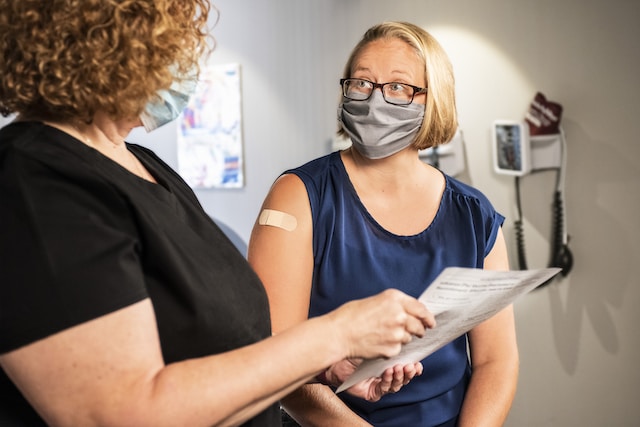
Picture: Unsplash
The healthcare sector is always changing, and it’s critical to look for methods to improve and simplify healthcare services in light of the introduction of new technologies and rising patient expectations. The following are five essential tactics to enhance the healthcare sector:
- Embrace Data Analytics Software
Using a payer-provider analytics data software is a basic step in improving the healthcare sector. Together, medical professionals and payers can analyze data, get insightful information, and make well-informed decisions with this cutting-edge software solution. Healthcare firms may improve resource allocation, save expenses, and discover patterns by utilizing data analytics.
Healthcare businesses may better understand patient requirements, offer higher-quality treatment, and increase patient satisfaction with the use of payer-provider analytics data tools. It also simplifies the claims procedure, which results in quicker reimbursements and more effective financial operations. Medical professionals and payers can collaborate to enhance overall health care and outcomes for patients by incorporating this kind of software into their operations.
- Telehealth Integration
One of the most important steps in enhancing the sector is the incorporation of telehealth offerings into healthcare systems. Reducing the requirement for in-person visits, telehealth enables patients to obtain medical advice and services remotely. This improves patient convenience while also bringing healthcare services to isolated or underprivileged locations.
By increasing patient access and decreasing wait times, telehealth integration can assist healthcare practitioners in reaching a larger patient population. It’s especially helpful for post-operative care, controlling chronic illnesses, and giving prompt medical advice. In order to ensure that patients may simply and effectively get the treatment they require, telehealth integration is a crucial step in the growth of healthcare services.
- Health Information Exchange
For smooth patient care, openness and health data transfer (HIE) are essential. System integration and patient data exchange between various healthcare providers should be top priorities for healthcare businesses. HIE and interoperable systems make it easier to share patient data securely and efficiently, which lowers the need for redundant testing and mistakes. Interoperability helps patients by reducing repeated treatments and providing better-coordinated care.
In addition to lowering the possibility of misdiagnosis and raising the standard of treatment overall, this strategy helps healthcare professionals make educated judgments. Patient safety is improved, and healthcare services are streamlined in large part because of interoperability and HIE. By prioritizing interoperability, healthcare providers can ensure that patient data flows seamlessly across the healthcare ecosystem, benefiting both patients and healthcare professionals.
- Preventive Care and Public Health Initiatives
Public health measures and preventative care must be prioritized if the healthcare sector is to improve. The necessity of routine checkups, early illness diagnosis, and healthy lifestyles should all be stressed to patients by healthcare institutions. Healthcare providers can lessen the burden of managing advanced illnesses and cut expenses by encouraging preventative care.
Campaigns for immunization and disease surveillance are examples of public health activities that are essential for controlling health emergencies and averting epidemics. Using data-driven tactics and working with public health organizations can result in more efficient disease control and prevention. Better health outcomes, lower healthcare costs, and healthier communities are all impacted by preventive care and health promotion programs.
- Enhanced Data Security and Privacy
Since the healthcare sector deals with sensitive patient data, privacy and security of data are of utmost importance. Healthcare firms need to invest in strong cybersecurity and data protection procedures if they want to see improvements in the sector. This covers staff training on information safety best practices, encryption, access limits, and routine security assessments.
Healthcare providers and payers may establish patient confidence and stay in compliance with laws like HIPAA by guaranteeing the privacy and integrity of patient information. Strong data security protocols also protect against cyberattacks and data breaches, which can have detrimental effects on one’s finances and reputation. Client trust and general integrity in the healthcare sector depend on improved privacy and security of data protection.
Conclusion
In summary, adopting payer-provider data analytics software, incorporating telehealth services, emphasizing interoperability and medical information exchange, concentrating on public health and preventive care initiatives, and strengthening data security and privacy are all ways to improve the healthcare sector. These tactics will support the progress and sustainability of the healthcare industry in addition to enhancing patient care and results.


